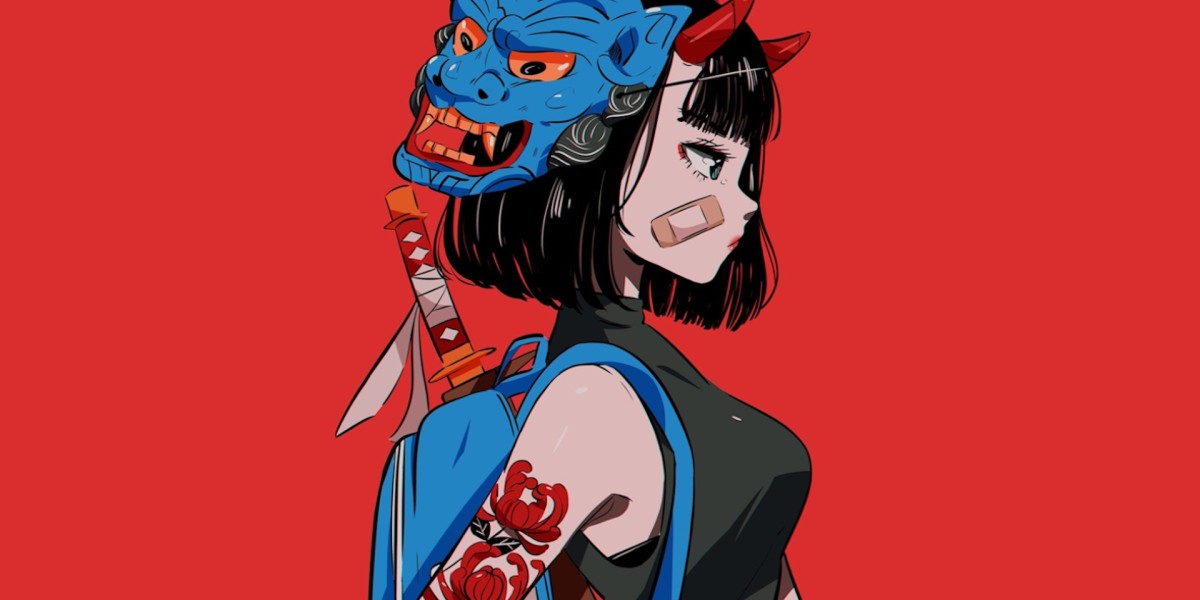Unlock the Secrets of Colored Diamond Rings: Discover Their Unique Allure!
Colored diamond rings have captured the fascination of jewelry enthusiasts and casual buyers alike, quickly becoming a trending choice in the jewelry market. Unlike traditional white diamonds, which are celebrated for their clarity and brilliance, colored diamonds offer a unique allure that is both captivating and personal. With a spectrum of hues ranging from vibrant blues to soft pinks, these gems stand out as symbols of individuality and style. This article aims to explore the fascinating features and various types of colored diamond rings, helping you understand what makes them so special and how they can enhance your jewelry collection.

Understanding Colored Diamonds
Colored diamonds are a rare and enchanting variation of the more commonly known white diamonds. The fundamental difference lies in their color, which is primarily the result of impurities or structural anomalies within the diamond's carbon composition. For instance, a diamond can appear blue due to the presence of boron, while a pink hue is often attributed to a unique arrangement of carbon atoms that causes distortion within the crystal lattice. Unlike their colorless counterparts, which are judged on a scale of clarity and cut, colored diamonds are evaluated based on their color intensity and saturation. This distinction elevates colored diamonds to a category of their own, making them a coveted choice for those looking to express their unique style.
Features of Colored Diamond Rings
The allure of colored diamond rings goes beyond their striking colors; several key features contribute to their overall beauty and value. Carat weight, for instance, plays a significant role, as larger colored diamonds are rarer and thus more valuable. The cut of the diamond also affects how well it reflects light, enhancing its visual appeal. Clarity is another critical factor—while colored diamonds can exhibit inclusions, their color can sometimes mask these imperfections, making them less noticeable. Lastly, color intensity is paramount; more saturated colors are generally more desirable. When all these features are harmonized, they create a stunning piece that not only dazzles but also holds substantial value in the jewelry market.
Types of Colored Diamonds
Colored diamonds come in a mesmerizing variety of hues, each with its own distinctive characteristics and charm. Blue diamonds, known for their serene ocean-like color, are among the rarest and often symbolize loyalty and trust. Pink diamonds, on the other hand, evoke feelings of romance and elegance, making them a popular choice for engagement rings. Yellow diamonds, with their sunny disposition, are vibrant and cheerful, while green diamonds, often associated with new beginnings, offer a more earthy aesthetic. Each type of colored diamond can significantly influence the design and style of rings, allowing for a wide range of options that cater to individual tastes and preferences.
Popular Color Choices
Among the myriad of options, certain colors have emerged as favorites among consumers. Pink and blue diamonds tend to dominate the market due to their rarity and striking appearance. These hues not only resonate with emotional significance—pink often representing love and blue associated with tranquility—but also align with current trends in jewelry design. As more individuals seek to express their unique personalities through their choice of jewelry, colored diamond rings have become an increasingly popular choice for both special occasions and everyday wear.
Choosing the Right Colored Diamond Ring
When it comes to selecting the perfect colored diamond ring, there are several essential factors to consider. Personal style is paramount; think about what colors resonate with you and how they complement your wardrobe. The occasion also matters—if you’re looking for an engagement ring, for instance, you might lean towards more romantic hues like pink or blue. Budget is another crucial consideration, as colored diamonds can vary widely in price based on their rarity and features. Lastly, think about the setting; a gold band can enhance the warmth of yellow diamonds, while a platinum setting may allow blue diamonds to shine even brighter. By keeping these factors in mind, you can find a colored diamond ring that is not only stunning but also uniquely yours.
Final Thoughts on Colored Diamond Rings
Colored diamond rings encapsulate a unique allure that sets them apart from traditional diamond jewelry. With their vibrant colors, varied features, and personal significance, these rings offer a beautiful way to express individuality and style. As you explore the world of colored diamonds, consider adding one of these remarkable pieces to your collection. Whether for a special occasion or as a statement of personal flair, a colored diamond ring is sure to bring beauty and character to any jewelry ensemble.



